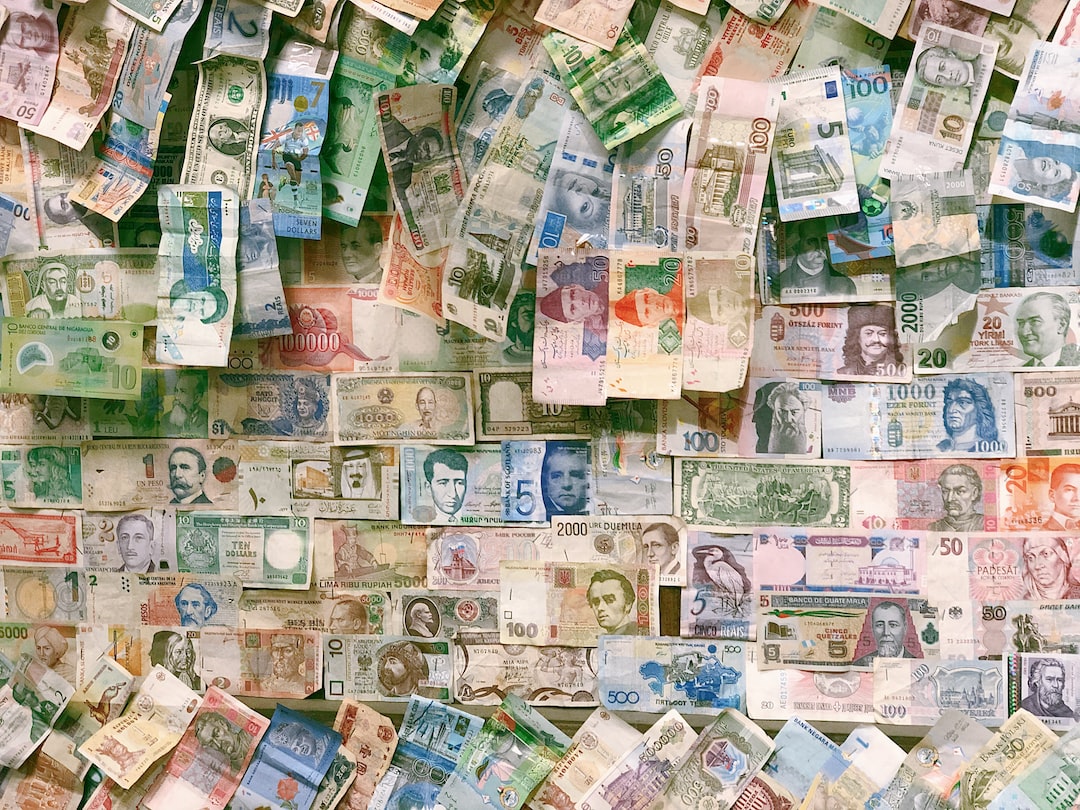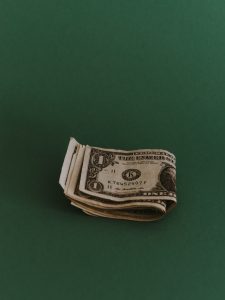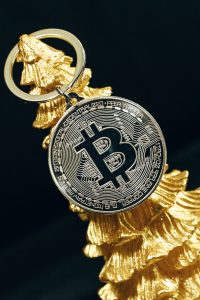A forex trading desk is a team of professionals that manages and executes trades in the foreign exchange market on behalf of clients. The forex market is the largest financial market in the world, with daily trading volumes exceeding $5 trillion. Forex trading desks are found in financial institutions such as banks, hedge funds, and investment firms that offer forex trading services to clients.
The role of a forex trading desk can vary depending on the institution and the type of clients they serve. However, the primary function of a forex trading desk is to execute trades in the forex market on behalf of clients. Forex traders working in trading desks can be categorized into three main types: market makers, proprietary traders, and sales traders.
Market makers are responsible for maintaining liquidity in the forex market by providing bid and ask prices for currency pairs. They buy and sell currencies at the bid and ask prices they set, thereby creating a market for clients to trade. Market makers make profits by charging a spread, which is the difference between the bid and ask prices.
Proprietary traders are traders who use the firm’s funds to trade in the forex market. They make trades based on their analysis of market trends and use various trading strategies to generate profits for the firm. Proprietary traders are usually highly skilled and experienced traders who can take on higher levels of risk.
Sales traders are responsible for building and maintaining relationships with clients. They offer advice and guidance to clients on forex trading and help them execute trades. Sales traders work closely with market makers and proprietary traders to ensure that clients’ trades are executed efficiently and effectively.
Forex trading desks use various tools and technologies to execute trades and manage risk. Trading platforms such as MetaTrader and cTrader are commonly used by forex traders to access the market and execute trades. These platforms provide real-time quotes, news, and analysis to help traders make informed trading decisions.
Risk management is a critical function of forex trading desks. Traders use various risk management tools and strategies to minimize losses and protect clients’ funds. Stop-loss orders, for example, are used to automatically close a trade when a certain level of loss is reached. Traders can also use hedging strategies to offset potential losses by taking opposite positions in related markets.
Forex trading desks also use various data analysis tools to monitor market trends and identify trading opportunities. Technical analysis tools such as charting software and indicators are commonly used to analyze price movements and identify patterns. Fundamental analysis tools such as economic calendars and news feeds are used to track economic events and news releases that can affect currency prices.
In addition to executing trades, forex trading desks also provide various services to clients such as market research, education, and analysis. These services can help clients make informed trading decisions and improve their trading skills.
In conclusion, a forex trading desk is a team of professionals that manages and executes trades in the foreign exchange market on behalf of clients. Forex trading desks use various tools and technologies to execute trades and manage risk. They also provide various services to clients such as market research, education, and analysis. Forex trading desks play a critical role in the forex market by providing liquidity, maintaining market stability, and helping clients achieve their trading goals.





